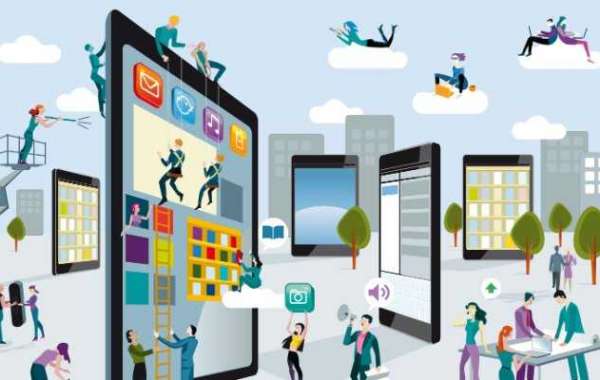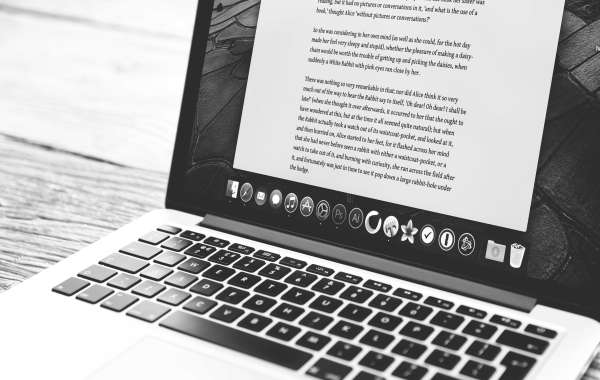A sluggish PC is an awfully recognizable issue for the overwhelming majority of Windows clients. There can be many reasons why your PC is slow. It is important to recognize these issues almost immediately in order to get the performance back to normalcy. If you are a gamer then you should know about gaming browser. See below for a list of the most well-known issues that lead to a slow-performing PC. Keep trying to look into issues and track possible answers to them:
Here are the 5 Reasons Desktop Working Slow
1. RAM Memory Issues
Sometimes Windows start freezing and crash while we work on our desktop. When it occurs, it's not just annoying, it could be dangerous if the freeze happens while you're writing something critical on your computer. That's why it's important to make sure that your system has enough memory before you begin using it. If you have a 256MB or 512MB PC RAM, then you should have no problem running any software on it, even if you have lots of programs open at once. However, if your computer only has 128MB of RAM installed, you'll notice a significant slowdown in performance -- especially if you have several browsers open at once. This means that the browser won't load pages as fast, applications take longer to respond, and your Internet connection starts lagging.
2. Virus Attacks
Virus attacks are becoming increasingly prevalent due to the fact that hackers are constantly looking for ways to gain access to your personal information. A virus may already be present on your computer, or it may try to sneak its way on to your PC. In either case, they do their damage silently, which makes them hard to detect and remove. To protect yourself against viruses, stay vigilant about what files get downloaded and how you use your computer, and always run antivirus software regularly.
3. Slow Hardware
Another culprit behind the slow desktop performance is hardware failure. Over time, your PC will build up a number of issues, ranging from damaged chips and broken parts to overheating. You might experience slower performance right away, or it may take months for problems to surface; however, eventually, your machine will break down completely. As soon as you notice any slowdown or sluggish behavior in your PC, it's time to schedule a repair appointment with your local computer shop.
4. Old Software
If you've been using a particular program for years, you probably don't need to update it frequently. But software updates often provide security fixes and bug fixes, making it worthwhile to keep up to date. Most modern software comes with automatic updating features built-in, but you can also manually check for updates. Just type "Windows Update," and click "Check for Updates." Keep in mind, though, that installing updates can cause some older drivers to stop functioning properly until they're updated, so keep an eye out for any errors or missing components after you install updates.
5. Not Enough Hard Disk Space
Your hard drive (or SSD) stores data on microchips called platters. Every time you turn on your PC, the operating system searches through these platters to find files and folders to open. Eventually, over time, this process becomes inefficient and slows down the performance of the computer. More importantly, however, if you run out of storage space, you won't be able to store new documents, videos, music, and other types of files. If you're experiencing slowness in your PC, consider increasing the amount of storage space on your hard disk.
How to fix slow desktop working…
1) Make sure your computer meets minimum specs and then update them over time.
2) There are a lot of things that can slow down your system and make your computer seem slower.
3) You need to know what's causing the problem.
4) Free up hard drive space and try again.
5) Try cleaning out your Internet browser cache.
6) Check for errors in programs that run constantly.
7) Remove any unnecessary startup items.
8) Restart your computer.
9) Run a registry cleaner if possible.
10) If you keep getting error messages, uninstall/reinstall Windows.
11) Turn off automatic updates.
12) Disable unwanted startup software.








